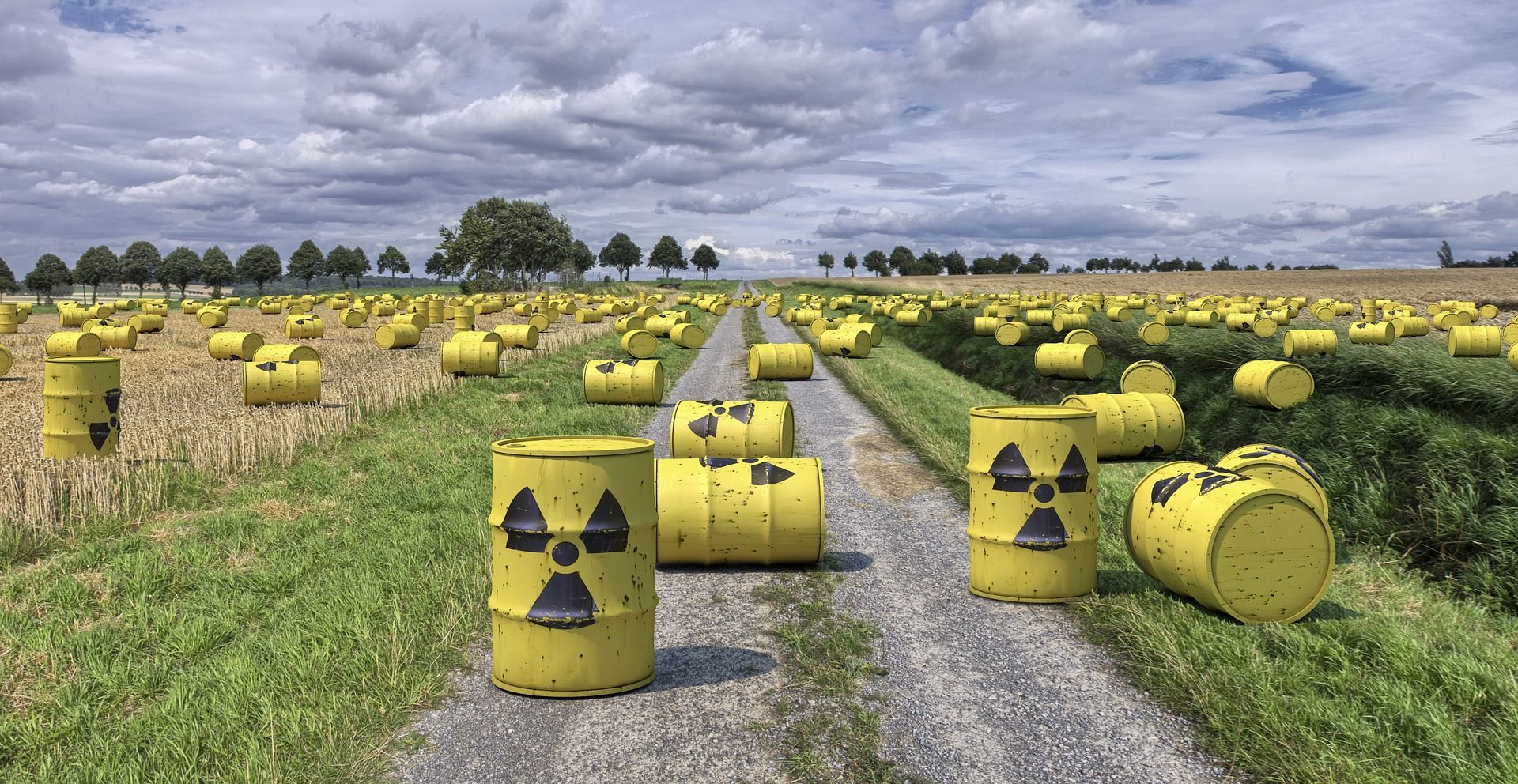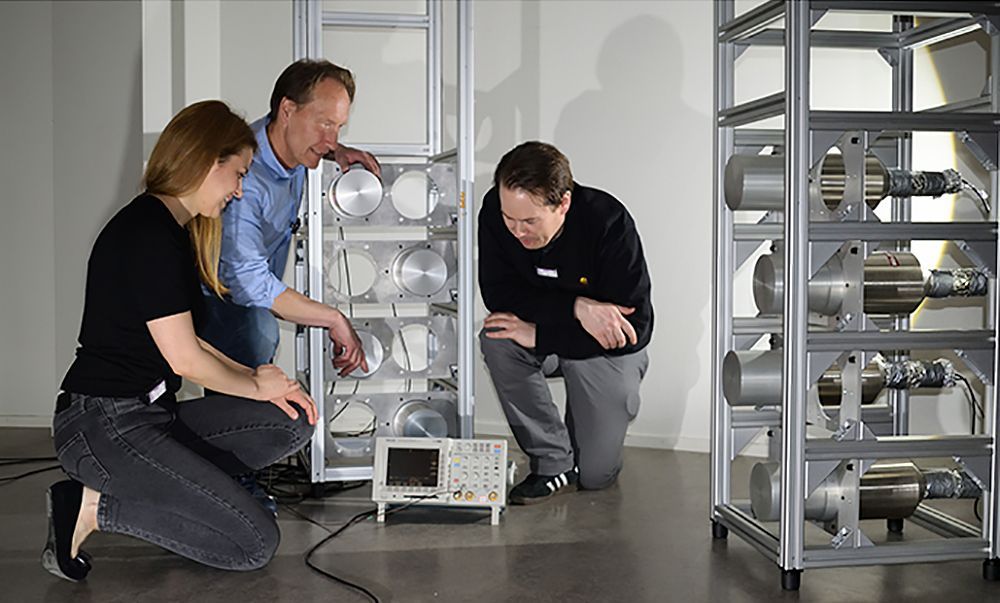
☢ A new detector makes it harder to smuggle radioactive material
A new detector built by researchers at KTH can detect grams of radioactivity. The new technology could be useful in, for example, airports.
Share this story!
The work of preventing the proliferation of materials that can be used to build nuclear weapons may now have taken a step forward. A research group from KTH has built a detector that can detect very small amounts of radioactivity. One gram of plutonium is enough for the detector's alarm to go off. If this detector would be put to use in, for example, customs, it would be very difficult to try to bring in radioactive materials.
"The new technology is intended to be used in security systems at airports, ports and transport terminals to quickly detect attempts to smuggle nuclear material. It also provides new opportunities to deal with the consequences of nuclear accidents and for radiological environmental monitoring" says Bo Cederwall, professor of physics at KTH and leader of the research group, in a press release.

The detector can be placed in a portal through which vehicles and containers must pass. It does not take more than a few seconds for the new invention to detect radioactive material, which means that the traffic can flow without interruption.
"At airports, our new technology can be integrated into the existing safety arches that are available for detecting metal objects. The technology has a very high sensitivity and can detect gram amounts of plutonium within a few seconds depending on the application and the isotope composition of the plutonium. It takes a little bit longer to get a really good picture that shows where exactly the plutonium is. However, this can be done completely automatically. Today this is done manually" says Bo Cederwall.
In the future, the technology can also be used to measure the radiation in larger areas. This could be useful in cases when radioactivity is spreading, due to terror attacks or accidents.
"We have a project where we want to equip drones with this type of sensors for radiological environmental monitoring. In connection with, for example, a nuclear accident, it is extremely important to be able to quickly map the radioactive contamination in the environment in order to protect the population in the best possible way"says Bo Cederwall.
Read the full study here.
Image: Pixabay / Dirk Rabe
By becoming a premium supporter, you help in the creation and sharing of fact-based optimistic news all over the world.


